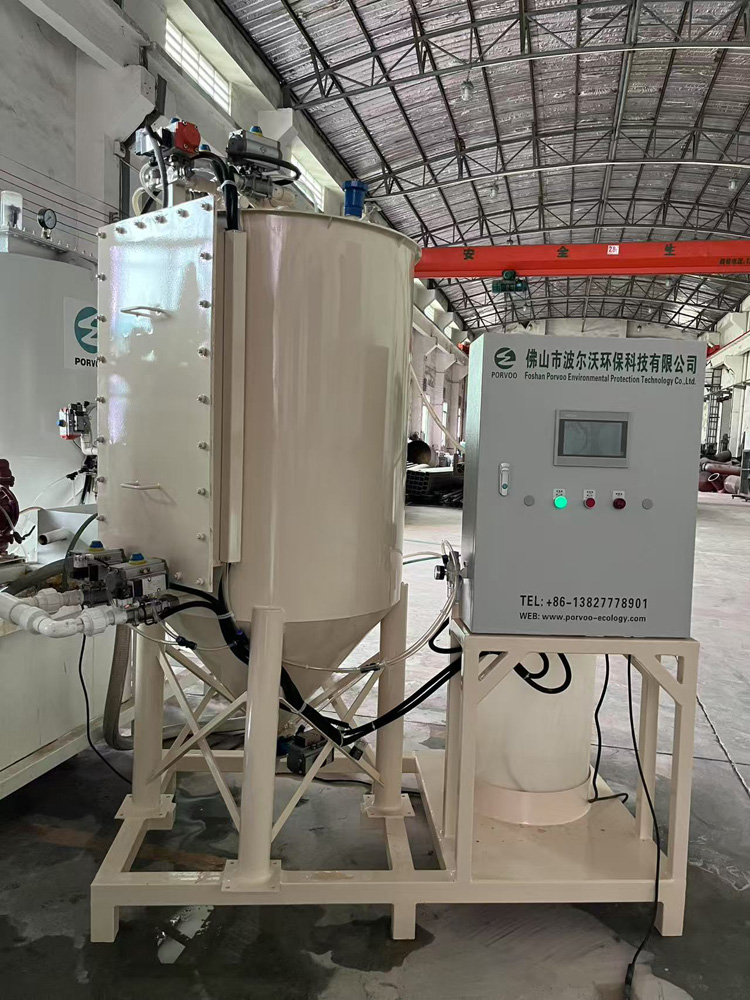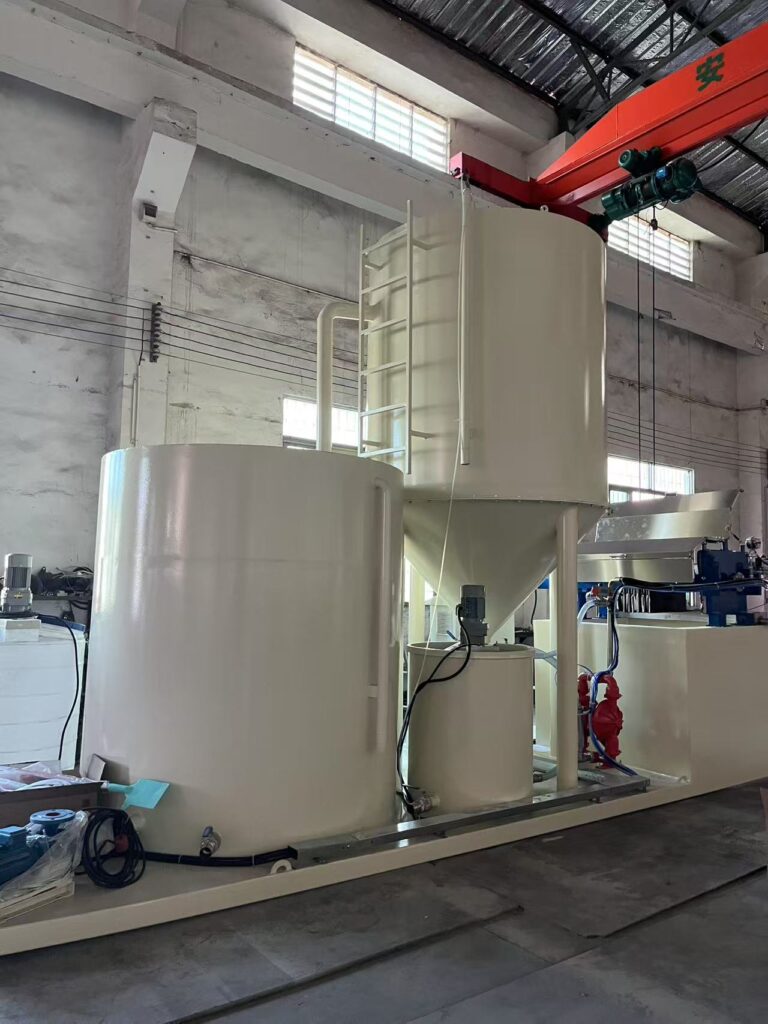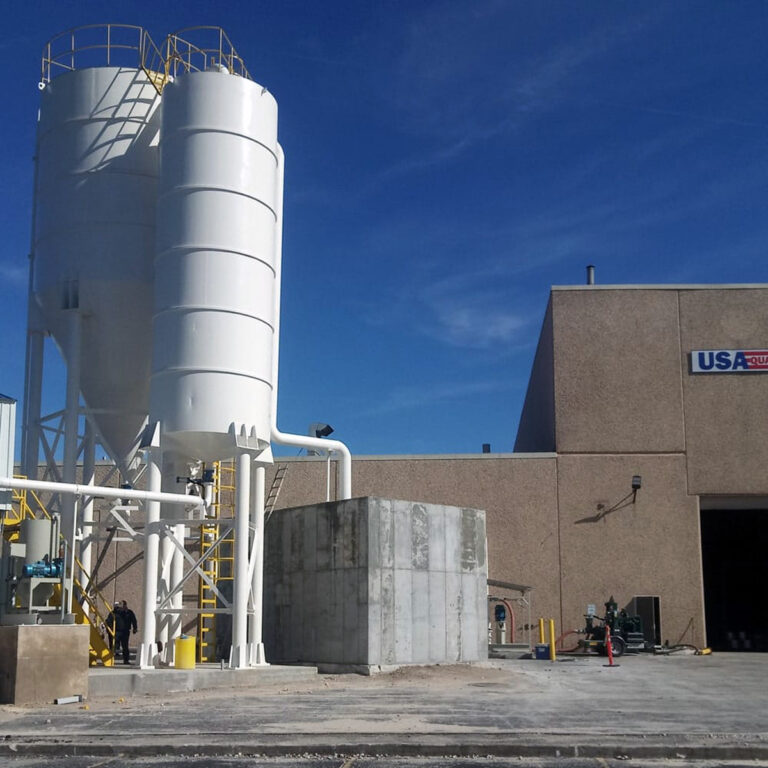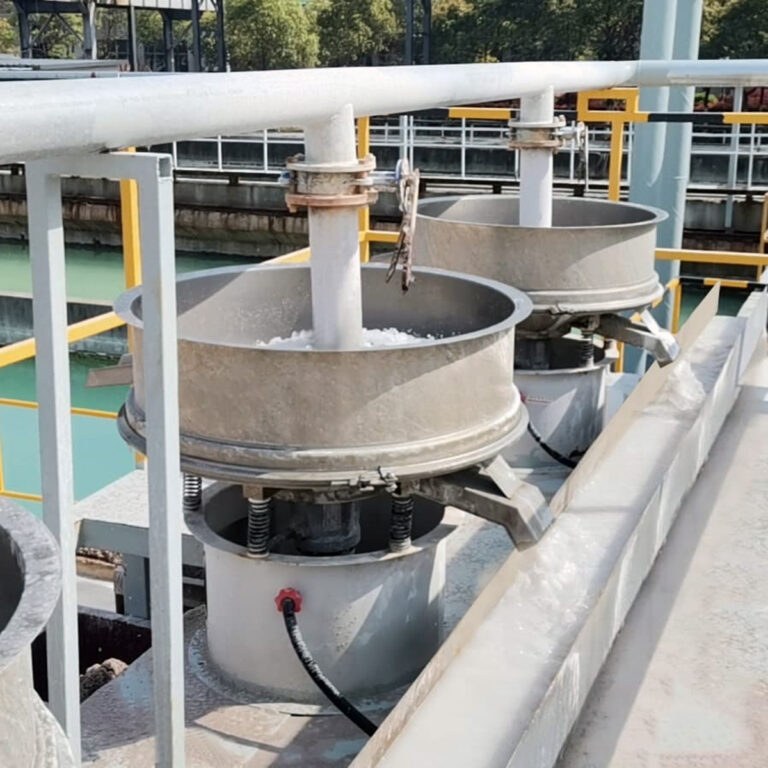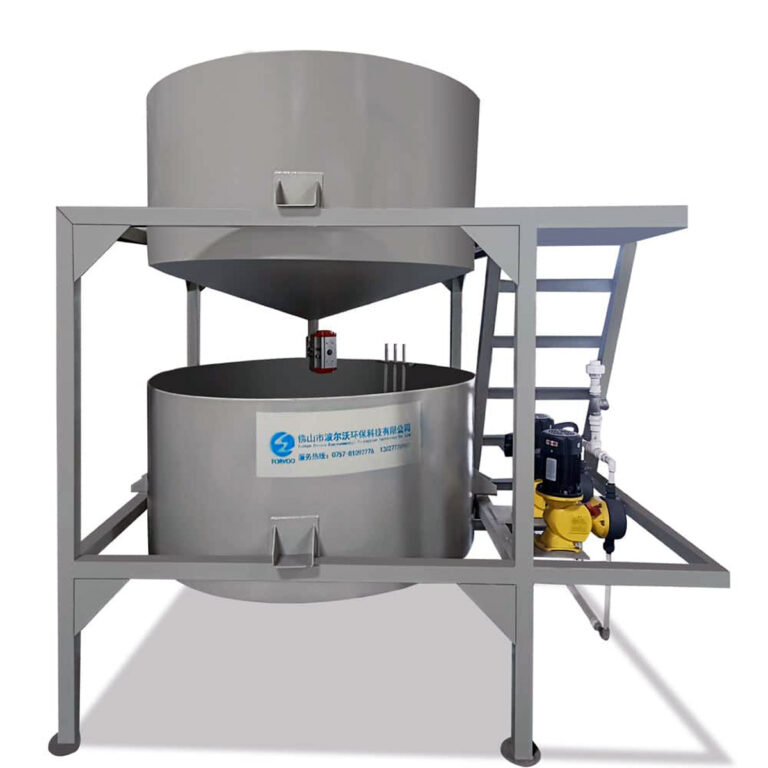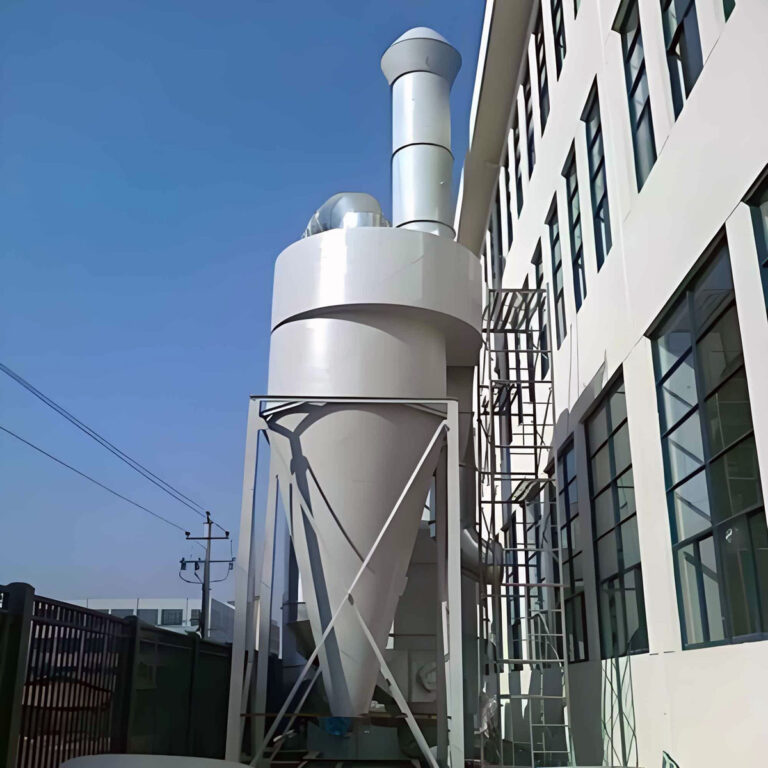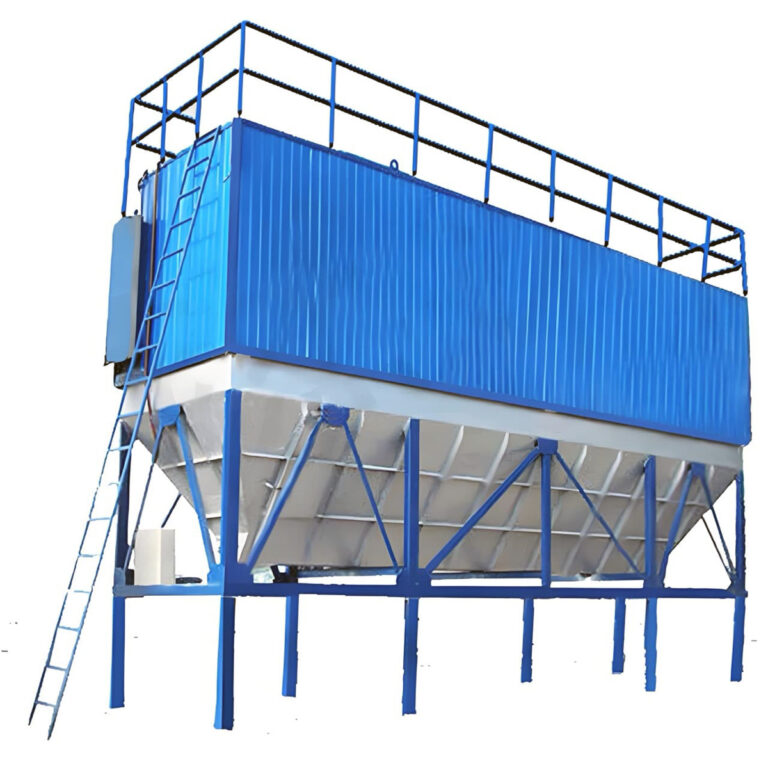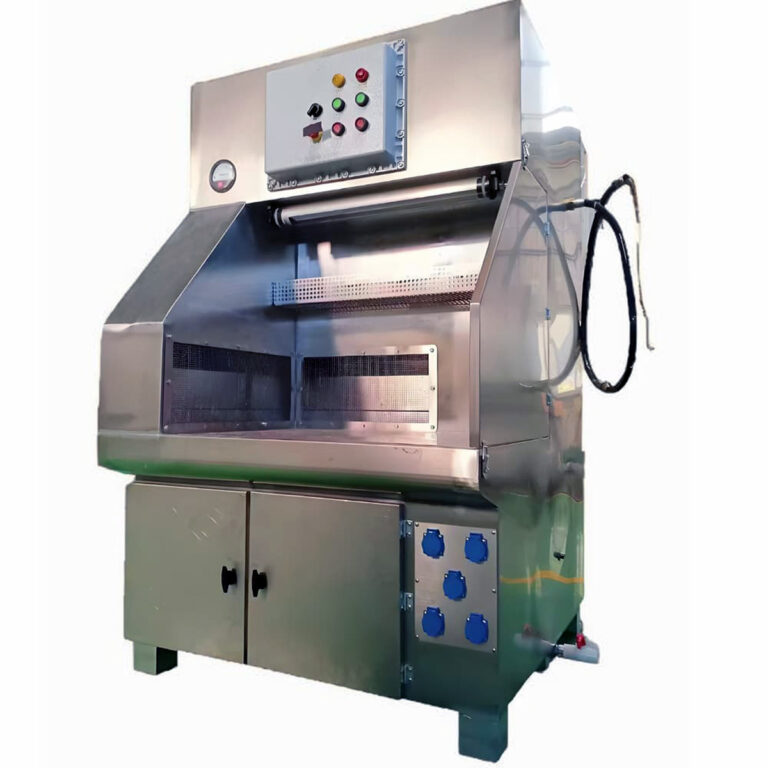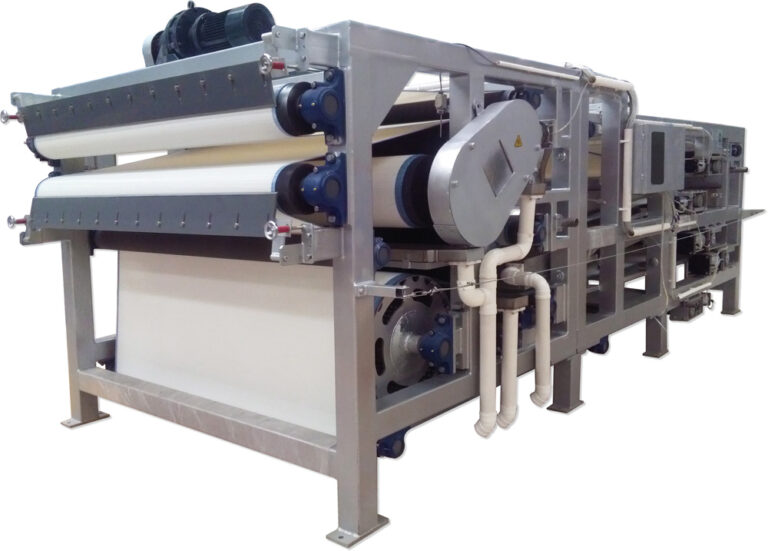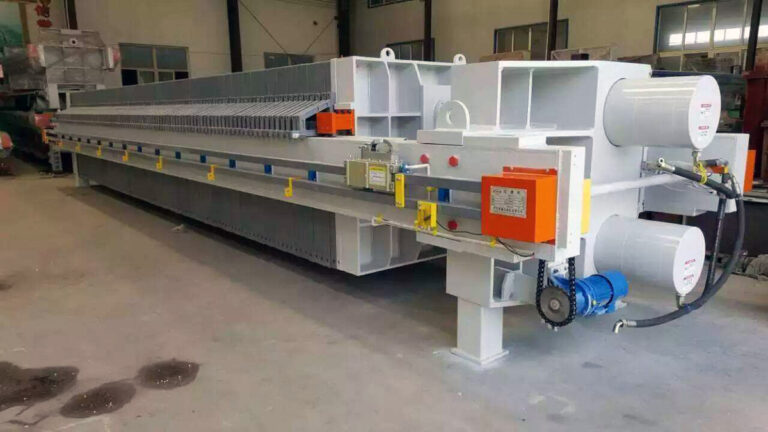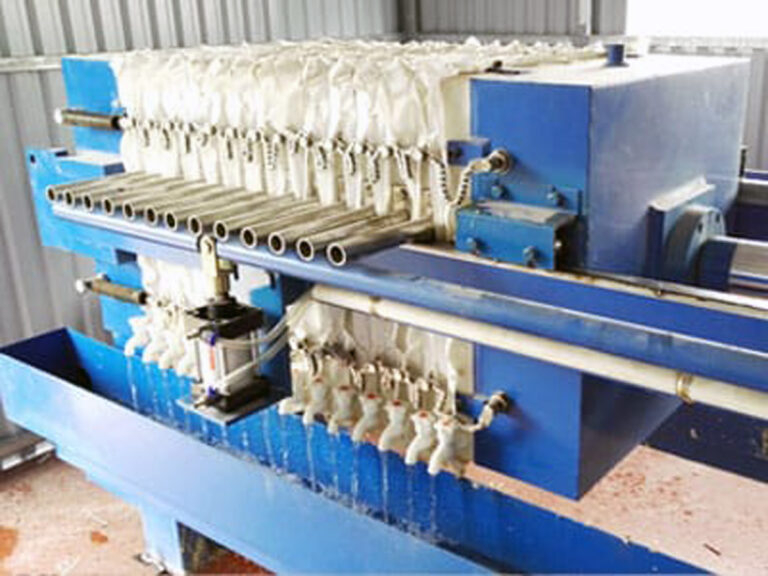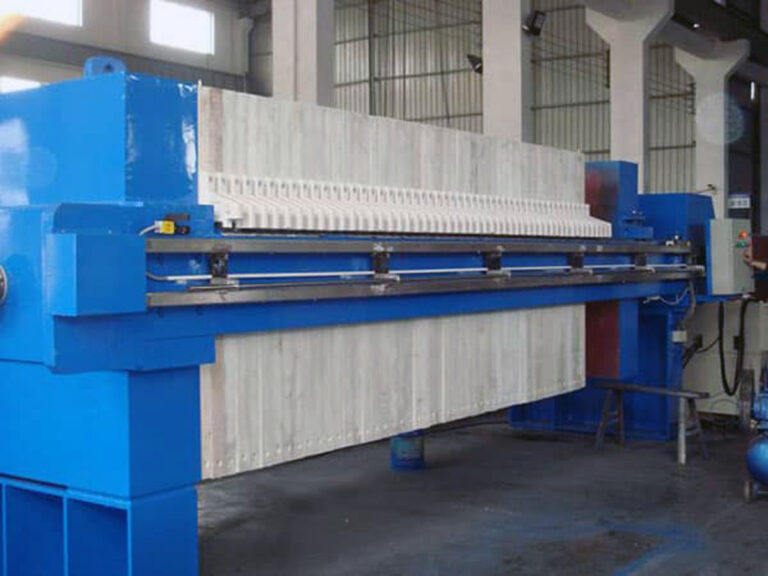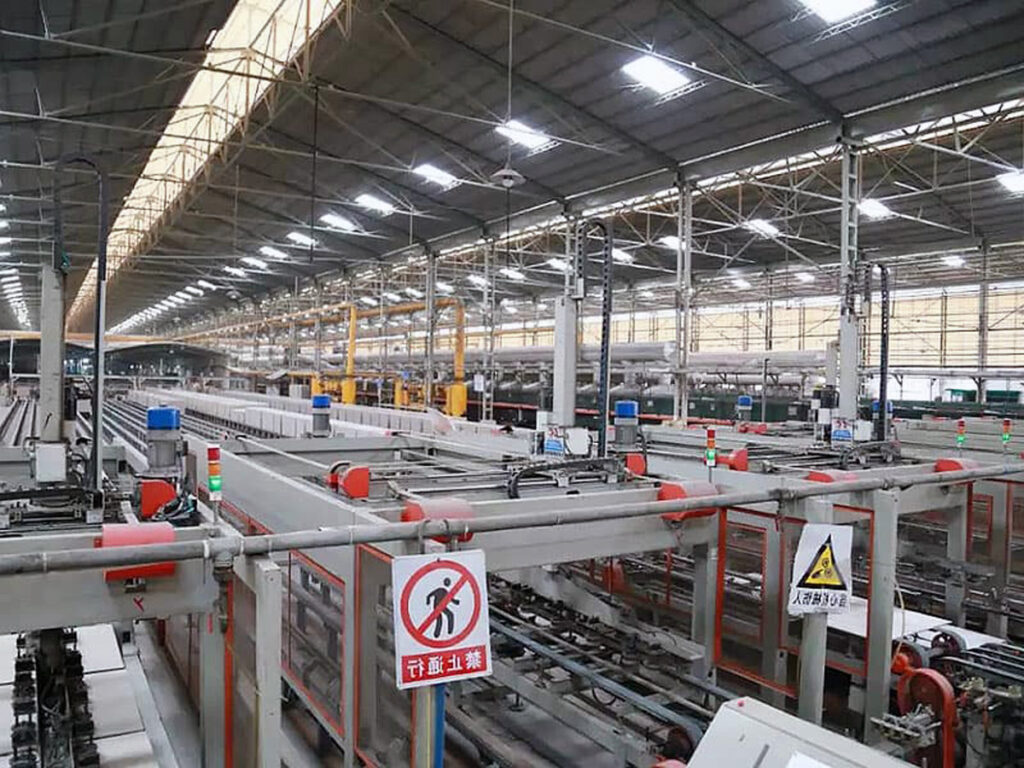Water treatment systems represent one of the most critical yet undervalued investments in industrial operations today. Companies worldwide are grappling with rising water costs, stricter environmental regulations, and the urgent need to optimize resource utilization. The stark reality is that facilities without proper water treatment infrastructure face escalating operational costs, regulatory penalties, and potential production shutdowns that can devastate profitability.
Without a clear understanding of water treatment ROI, organizations continue to view these systems as necessary expenses rather than strategic investments. This shortsighted approach leads to reactive decision-making, suboptimal system selection, and missed opportunities for substantial cost savings. The consequences extend beyond immediate financial impact—poor water management can damage equipment, compromise product quality, and create long-term operational vulnerabilities.
This comprehensive analysis will provide you with the frameworks, calculations, and strategic insights needed to evaluate water treatment investments effectively. We’ll explore proven methodologies for calculating returns, examine real-world case studies, and reveal how leading companies are transforming their water management from cost centers into profit drivers. PORVOO has witnessed firsthand how proper ROI analysis transforms decision-making processes across diverse industrial sectors.
What is Water Treatment ROI and Why Does It Matter?
Water treatment ROI encompasses the comprehensive financial returns generated from investments in water and wastewater treatment infrastructure. This metric extends far beyond simple cost-per-gallon calculations, incorporating operational efficiency gains, regulatory compliance benefits, and long-term asset protection values.
Financial Impact Assessment
The financial implications of water treatment systems manifest across multiple operational dimensions. Direct cost savings typically emerge through reduced municipal water consumption, lower discharge fees, and decreased chemical usage. However, the most significant returns often stem from indirect benefits: extended equipment lifespan, reduced maintenance requirements, and improved production consistency.
Industry data reveals that properly implemented water treatment systems generate average ROI of 150-300% within the first three years of operation. Manufacturing facilities consistently report 20-40% reductions in water-related operational costs, while simultaneously achieving improved product quality metrics. These figures become particularly compelling when considering the compounding effects over 10-15 year system lifespans.
Strategic Business Value
Beyond immediate financial returns, water treatment investments deliver strategic advantages that enhance competitive positioning. Companies with robust water management capabilities demonstrate greater operational resilience, regulatory compliance confidence, and environmental stewardship credentials—factors increasingly valued by customers, investors, and regulatory bodies.
The integration of advanced industrial wastewater treatment solutions enables organizations to pursue closed-loop water systems, dramatically reducing dependency on external water sources while minimizing environmental impact. This strategic independence becomes particularly valuable during periods of water scarcity or regulatory tightening.
How to Calculate Wastewater Treatment Return on Investment
Calculating wastewater treatment return investment requires a systematic approach that captures both tangible and intangible benefits across multiple time horizons. The foundational formula involves comparing total investment costs against cumulative savings and revenue enhancements over the system’s operational lifetime.
Core Calculation Framework
The basic ROI calculation follows this structure:
| Component | Calculation Method | Typical Range |
|---|---|---|
| Initial Investment | Equipment + Installation + Commissioning | $50,000 – $2,000,000 |
| Annual Operating Costs | Energy + Chemicals + Maintenance + Labor | 15-25% of capital cost |
| Annual Savings | Water costs + Discharge fees + Chemical reductions | $20,000 – $500,000 |
| Payback Period | Initial Investment ÷ Annual Net Savings | 2-5 years |
Advanced Valuation Methodologies
Sophisticated ROI analyses incorporate net present value (NPV) calculations, internal rate of return (IRR) assessments, and sensitivity analyses that account for variable operating conditions. These methodologies prove essential when evaluating systems with high upfront costs but substantial long-term benefits.
In our experience, companies that utilize comprehensive valuation models make better investment decisions and achieve superior long-term performance. The key lies in accurately quantifying operational improvements, risk mitigation benefits, and strategic value creation that extends beyond simple cost savings.
What Are the Key Financial Benefits of Industrial Water System ROI?
Industrial water system ROI manifests through multiple value streams that collectively generate substantial financial returns. Understanding these benefit categories enables more accurate investment evaluation and system optimization strategies.
Operational Cost Reductions
The most immediate and measurable benefits emerge from direct operational cost reductions. Water consumption decreases of 30-60% are common following implementation of comprehensive treatment and recycling systems. These savings compound over time, particularly in regions experiencing water cost inflation or supply constraints.
Chemical usage optimization represents another significant savings category. Advanced treatment systems reduce the need for expensive process chemicals while enabling more efficient utilization of existing chemical inventories. Manufacturing facilities typically report 25-45% reductions in chemical costs within the first year of system operation.
Revenue Enhancement Opportunities
Water treatment systems can generate direct revenue through water sales, byproduct recovery, and waste stream valorization. Food processing facilities, for example, often recover valuable proteins and nutrients from wastewater streams, creating new revenue sources while reducing disposal costs.
Asset Protection and Lifecycle Extension
High-quality treated water significantly extends equipment lifespan by reducing corrosion, scaling, and fouling. Boiler systems, heat exchangers, and cooling towers demonstrate marked performance improvements and reduced maintenance requirements when supplied with properly treated water.
| Equipment Type | Typical Lifespan Extension | Maintenance Reduction |
|---|---|---|
| Boilers | 40-60% | 35-50% |
| Heat Exchangers | 30-45% | 25-40% |
| Cooling Towers | 25-35% | 20-30% |
| Pumps and Valves | 50-75% | 40-60% |
How Does Water Treatment Cost Benefit Analysis Work in Practice?
Water treatment cost benefit analysis requires systematic evaluation of investment scenarios against baseline operating conditions. This process involves detailed data collection, scenario modeling, and sensitivity analysis to ensure robust decision-making frameworks.
Data Collection and Baseline Establishment
Effective cost-benefit analysis begins with comprehensive baseline data collection covering current water consumption patterns, treatment costs, disposal expenses, and equipment maintenance requirements. This baseline serves as the foundation for accurate ROI projections and system performance evaluation.
In our experience working with diverse industrial clients, the most successful analyses incorporate at least 12-24 months of operational data to account for seasonal variations and operational cycles. This temporal depth ensures more accurate projections and reduces the risk of over-optimistic ROI calculations.
Scenario Development and Modeling
Comprehensive analyses evaluate multiple implementation scenarios, ranging from basic treatment upgrades to complete system overhauls. Each scenario receives detailed financial modeling that incorporates capital requirements, operating costs, and benefit streams over projected system lifespans.
A recent case study involving a pharmaceutical manufacturing facility demonstrated how systematic scenario analysis revealed optimal investment timing and configuration. The facility ultimately achieved 220% ROI within four years by implementing a phased approach that prioritized high-impact, low-cost improvements before pursuing comprehensive system upgrades.
Risk Assessment and Mitigation
While water treatment investments generally demonstrate strong returns, certain risks require careful consideration. Regulatory changes can impact system requirements, technology obsolescence may necessitate premature upgrades, and operational changes can affect utilization patterns.
Effective risk mitigation involves selecting proven industrial wastewater treatment technologies with strong track records, maintaining technology upgrade pathways, and building operational flexibility into system designs.
What Factors Drive Wastewater Investment Returns?
Wastewater investment returns depend on numerous interconnected factors that vary by industry, location, and operational context. Understanding these drivers enables more accurate ROI projections and optimization strategies.
Regulatory Environment and Compliance Costs
Regulatory requirements significantly influence investment returns by establishing minimum performance standards and penalty structures. Regions with stringent environmental regulations typically generate higher returns from treatment system investments due to substantial compliance cost avoidance.
Water Scarcity and Pricing Dynamics
Geographic water availability and pricing trends directly impact investment economics. Areas experiencing water stress or rapidly increasing municipal rates demonstrate accelerated payback periods and enhanced long-term returns.
Technology Selection and Integration
The choice of treatment technologies profoundly affects both initial investment requirements and long-term operational performance. Proven technologies with established track records generally deliver more predictable returns, while emerging technologies may offer superior performance but carry higher risk profiles.
How to Maximize Industrial Water Treatment Economics
Optimizing industrial water treatment economics requires strategic approaches that balance capital efficiency with operational performance. Successful optimization integrates technology selection, operational practices, and financial structuring to achieve superior returns.
Phased Implementation Strategies
Rather than implementing comprehensive systems simultaneously, many successful projects utilize phased approaches that prioritize high-impact improvements while building operational experience and financial returns that fund subsequent phases.
Technology Integration and Synergies
Modern water treatment systems achieve optimal economics through integrated approaches that combine multiple technologies for enhanced performance and efficiency. Biological treatment combined with advanced filtration and disinfection systems often delivers superior returns compared to individual technology implementations.
Performance Monitoring and Optimization
Continuous monitoring and optimization programs ensure systems deliver projected returns while identifying opportunities for further improvement. Advanced monitoring systems can identify efficiency degradation early, enabling proactive maintenance that preserves ROI performance.
What Are the Long-term ROI Considerations for Water Treatment Systems?
Long-term ROI considerations extend beyond immediate financial returns to encompass strategic value creation, risk mitigation, and operational resilience. These factors become increasingly important as organizations face evolving regulatory requirements and environmental challenges.
Technology Evolution and Upgrade Pathways
Water treatment technologies continue evolving rapidly, creating both opportunities and challenges for long-term ROI optimization. Systems designed with upgrade pathways and modular architectures demonstrate superior long-term value retention compared to fixed configurations.
Regulatory Trajectory and Compliance Requirements
Environmental regulations generally trend toward increased stringency, creating value appreciation for existing treatment infrastructure. Companies with robust treatment capabilities face lower compliance costs and reduced regulatory risk as standards evolve.
Operational Resilience and Risk Management
Water treatment systems enhance operational resilience by reducing dependency on external water sources and providing flexibility during supply disruptions. This strategic value becomes particularly important as climate change increases water supply volatility.
Advanced treatment systems also provide options for operational optimization during varying market conditions, enabling facilities to adjust production parameters while maintaining environmental compliance.
Understanding water treatment ROI requires comprehensive analysis that extends beyond simple cost calculations to encompass strategic value creation, risk mitigation, and long-term operational benefits. Companies that approach these investments with sophisticated evaluation frameworks consistently achieve superior returns while building sustainable competitive advantages.
The key to success lies in thorough baseline analysis, realistic scenario modeling, and systematic attention to both quantifiable and strategic benefits. As water resources become increasingly constrained and environmental regulations continue tightening, organizations with robust water treatment infrastructure will demonstrate enhanced operational resilience and financial performance.
Moving forward, consider conducting a comprehensive assessment of your current water management practices, establish baseline performance metrics, and evaluate various industrial wastewater treatment solutions that align with your operational requirements and financial objectives. The investment in proper analysis and system selection today will generate substantial returns across multiple future operational cycles.
Frequently Asked Questions
Q: What is meant by Water Treatment ROI, and how does it apply to industrial investment analysis?
A: Water Treatment ROI (Return on Investment) refers to the financial benefits and cost savings that industries can achieve by implementing water treatment systems. In industrial investment analysis, Water Treatment ROI helps businesses evaluate the economic viability of their water treatment investments by comparing initial costs with long-term operational savings and environmental benefits.
Q: What are the key factors influencing the ROI of industrial water treatment systems?
A: Several factors influence the ROI of industrial water treatment systems, including water quality requirements, technology selection, operational efficiency, energy efficiency, and maintenance costs. These factors can significantly impact both the initial investment and ongoing operational expenses, thereby affecting the overall ROI.
Q: How can industrial water treatment systems lead to cost savings?
A: Industrial water treatment systems can lead to cost savings in several ways:
- Reduced Chemical and Maintenance Costs: By removing contaminants, these systems reduce the need for chemicals and lower maintenance expenses.
- Energy Efficiency: More efficient systems can reduce energy consumption, lowering operational costs.
- Compliance with Regulations: Meeting regulatory standards helps avoid fines and penalties.
Q: What is the typical payback period for industrial water treatment systems?
A: The payback period for industrial water treatment systems varies based on factors like initial costs, operational savings, and industry-specific requirements. Generally, a well-designed system can pay for itself within a few years, offering long-term savings and financial benefits.
Q: How do water recovery and reuse systems contribute to the overall Water Treatment ROI?
A: Water recovery and reuse systems enhance the Water Treatment ROI by reducing water bills, increasing operational efficiency, and conserving water resources. These systems help industries reuse treated water, lowering their reliance on municipal supplies and reducing environmental impact.
Q: What role does technology selection play in maximizing Water Treatment ROI?
A: Technology selection plays a crucial role in maximizing Water Treatment ROI. Choosing efficient, cost-effective technologies can significantly reduce operational costs, improve water quality, and enhance compliance with regulatory standards, all of which contribute to a higher ROI.
External Resources
- Maximizing ROI in Water Treatment – Number Analytics – This resource explains how to maximize return on investment in water treatment through cost-benefit analysis, evaluating technologies, and assessing economic and environmental benefits.
- Maximizing ROI on Wastewater Infrastructure Investments – Provides guidance on maximizing ROI for industrial and municipal wastewater projects, focusing on technology selection, design, construction quality, and maintenance best practices.
- Aqua Membranes launches ROI calculator for the reverse osmosis industry – Details a new industry tool for ROI calculation that allows users to input operational data and generate tailored cost-savings analysis for reverse osmosis investments.
- Maximizing Return On Investment on Wastewater Treatment for Plant Managers – Offers strategies and a cost-value analysis of industrial wastewater treatment, focusing on energy efficiency, resource recovery, and maximizing ROI for plant operations.
- ChemAqua Water Treatment Blog: Return on Investment – Discusses the factors impacting ROI in water treatment programs, including cost savings, operational efficiencies, and regulatory compliance in industrial environments.
- Industrial WaterWorld: Financial Analysis for Water Treatment Projects – Explores financial analysis methodologies for industrial water treatment projects, including ROI calculations, risk assessment, and investment justification strategies.
